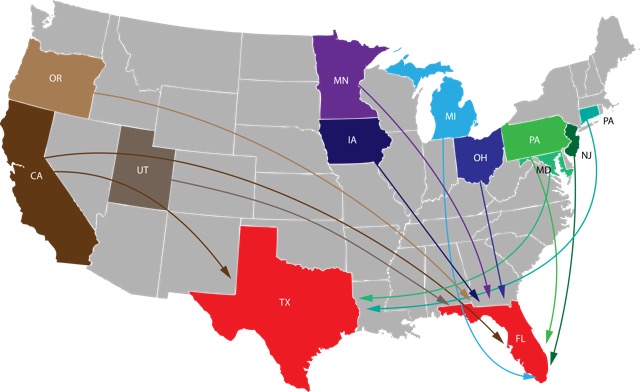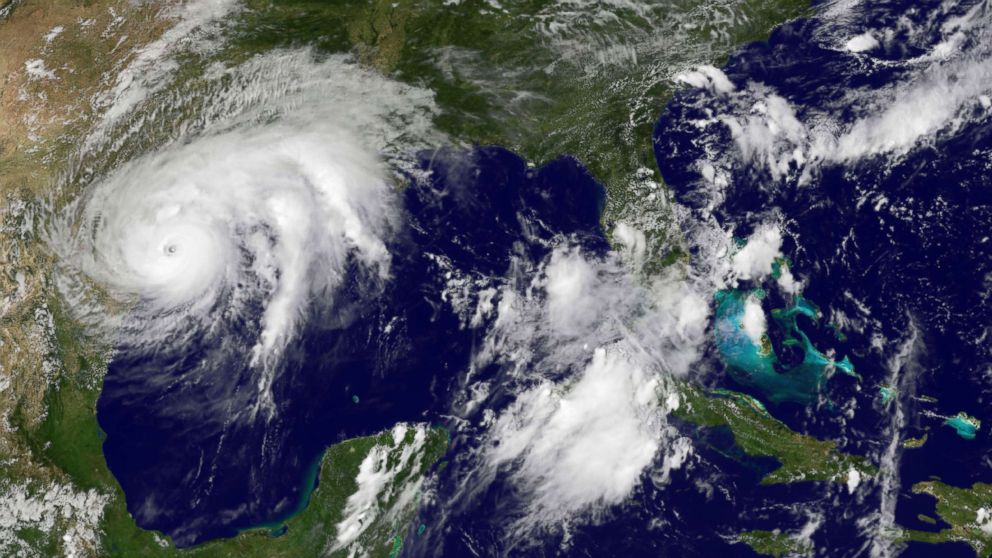
17 Jul Using Text Messaging During Disasters
As disaster season approaches (hurricanes on the East Coast, tornadoes in middle America, and wildfires on the West Coast) we are reminded of the recent events in 2017, HARVEY, IRMA, THOMAS FIRE, where text played a critical role in communications in the impacted zones, where phone lines and electricity were rendered useless. Here’s some information on how we helped deploy and manage sms texting support/services in each of these events:
The National Text Platform (NTP) was used as an essential communication tool to provide information to individuals and families in affected areas.
2-1-1 Centers at 150+ locations have been using NTP and SMS/texting for years. The “short code” 898-211 has long been established, as having texting protocols for many Centers. However, there had never been a centralized use of the National Texting Platform for essential services and information delivery during disasters until 2017.
In these ED events the NTP was used for:
- Information & Referral (live two-way help)
- Emergency and disasters response (push messaging combined with live two-way help)
- Single Issue Services
- Donations (text-2-give)
- 2-1-1 OnDemand (automated “botchat” responses)
What is it?
The NTP is enterprise texting on US Sure Route Protocols and Tier 1 aggregation supported by all US mobile carriers. NTP is powered by applications that provide configurable systems for instantaneous and specific responses to individual events by any agencies/responders/administrators throughout the US. NTP is supported by carrier grade SMS delivery receipts – these assurances are highlighted in the PreventionPays Text standard service agreement*[1].
How it works
NTP supports fully automated text communication, live text communication, and is able to combine both these text modalities as required. NTP has dedicated secure data center protocols for system and service continuity as well as, end user safety.

Why it was deployed
Texting was identified as a key strategy to ensure people had access to information. The motivation was two-fold: apply the NTP for the 211 Network to support their affected colleagues and provide an alternative channel for information as power and cell phone tower coverage became an issue during these events.
How it was deployed
A request was sent to all current 2-1-1 text message users to request volunteers to respond to text inquiries the weekend when Hurricane IRMA was anticipated to strike the southeast United States. More than 70 volunteers responded. The team of volunteer text responders participated in a virtual training that provided an overview of how to handle incoming texts, where they could find resource information and how shifts would be scheduled.
Following the initial success of the NTP during Hurricane Irma, coverage lasted through October for the IRMA response. Later, the NTP was deployed for multiple events including the use of keywords: LVHELP, NATE, THOMASFIRE/fuegotomas, and CAFIRES.
So, what’s next? Learn more at our next webinar: https://register.gotowebinar.com/rt/8685336300431684611
Want a demo of NTP? email [email protected]
[1] PreventionPays Text Application and supporting features/functionality/capacity/assurances are provided for in the Terms of Service, aka Service Agreement, and accompany all existing contracts with United Ways and 211s across the US.


Sorry, the comment form is closed at this time.